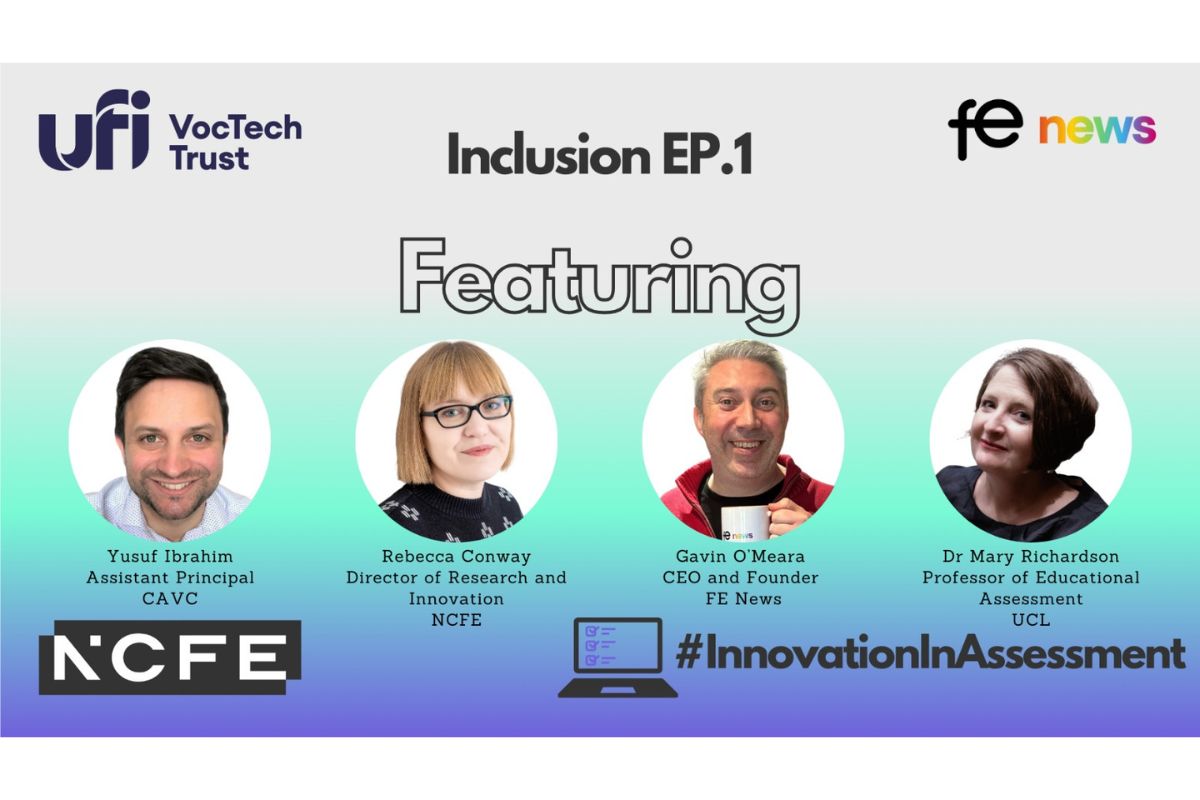The learner’s journey – during COVID-19 and beyond

Tracking the digital learning environment (DLE) during a student’s learning journey, and examining how such technology is supporting HE during the pandemic:
Engaging with undergrads
From the day they enrol on their course, students can instantly access their digital learning environment – 24 hours a day, 365 days of the year – using any computer or internet-enabled device.
Once an online UCAS application has been successful and accepted by the university or institution, the student will be enrolled on their undergraduate course and registered online through the digital learning environment (DLE), or more commonly known to students as Blackboard or Moodle. The user is given access to each module within their course where various learning materials can be downloaded, such as reading lists and information regarding induction week. An online profile can then be set up and aligned to the student ID card. Information regarding Wi-Fi and email access across campus is also available.
Many institutions choose to implement the world-wide roaming service eduroam. A facility that, once set up, enables a user to access more than 6,000 hotspots across the country and is available at other universities, research centres, academies, schools, and other research and education institutions. This can be hugely beneficial for undergrads who are still familiarising themselves with various systems across campus.
A DLE can be used for distributing key information like campus news and notices. The landing page of the learning environment can be a useful space for universities to promote the latest news and events about campus-wide activities, such as Fresher’s Fare, sports clubs and various societies that undergraduates can join.
Supporting student learning during Covid-19
Pre-Covid-19, a DLE was seen as an extension to the traditional classroom – allowing students to submit work without having to find their lecturers or teachers and providing a space to store documents, worksheets and presentations. As an educator, you can easily link students to other online pathways and embed videos from YouTube, articles from newspapers and provide software for podcasts.
In the midst of a pandemic, however, we’ve seen DLEs become a replacement for the classroom. Not only is it a convenient and secure place to have all learning resources in an accessible, easy to find location, DLEs have built-in chat groups and forums within the course modules. This creates a productive social environment for students to discuss tasks and collaborate – particularly useful as students settle in to working in isolation.
When set up correctly, the DLE can integrate with Office 365 and other service providers. This is useful because if a university moves from a different provider for its services and authentication, the DLE can easily integrate with other third-party applications. This enables seamless integration across all services involved with the university, for example integrating applications like Microsoft OneDrive directly in Moodle or Blackboard for assignment submissions, or important team work tools such as Microsoft Teams for sharing files, chat, meetings and assigning tasks and projects.
Enabling digital tools
A DLE can also enable Lecture Capture, where content from lectures and seminars is recorded and archived. Students have almost instant access to their lectures via the modules found in the DLE. These lectures are not stored in Moodle directly but made available via integration with lecture capture solutions.
DLEs can also help to support flipped learning, an approach where a student is first introduced to a topic online through the DLE, and the subject matter can then be explored in more depth during the lecture to further the student’s understanding.
Accessibility is crucial when it comes to the digital learning environment. Universities with more modern DLEs are using tools such as Ally from Blackboard to improve the learning experience and address the accessibility needs for students and learners. The software increases the accessibility of the course content by allowing the user to download alternative formats to make information easier to digest. This can help students with learning difficulties and disabilities. A common trend we’re seeing across higher education is the idea of giving students and learners the choice in the way they choose to access course material.
Submitting and keeping track of a student assessment record has never been easier. The entire academic record is archived on the DLE, with individual results from various modules made accessible. Notifications from the digital learning environment are triggered and sent directly to students via email.
Being able to integrate polls and survey tools in the DLE gives lecturers greater control on module feedback. Educators can use tools such as Doodle to schedule meetings by sending the poll to students via email to select a desired time slot and date in the calendar to discuss feedback face to face, saving time and increasing productivity.
Promoting sustainability through digital assessment
Many universities are starting to look beyond physical ‘hand-ins’ of academic work. Dissertations, one of the biggest and most important challenges of an academic career are often expensive to print and bind. And, can cause a significant amount of unnecessary financial stress. Distance and part time learners might also have to travel to the institution just to hand in work, aggravating cost and time pressures when they might have other commitments. And, let’s not forget the cost to the environment of producing prints.
Many universities were starting to think about digital assessment from a sustainability point of view, but now in light of COVID-19, the sector is having to move to digital assessment in order to help students take exams.
Being able to submit a final copy of a dissertation through the DLE submission guidelines provides an easy process for students, and sees a significant reduction in printing costs. It also means that the document can be backed up online and there is less chance of losing work. A student will also receive a receipt notification via email to ensure the file has been correctly received.
The positive effects that DLEs are having across both the HE and FE sectors, has been made even more apparent in recent weeks, as we saw students leave their classrooms and flock to online learning platforms. The variety of different routes for accessibility and the amount of resources that can be accessed digitally are really helping to boost online learning right the way through from day one to dissertation deadline.
DLEs are fast becoming the central hub for both students and academics where all the systems and processes a learner encounters in their academic life sit, seamlessly, rather than in one stand-alone platform. As technology continues to develop, and as coronavirus evolves, it will be interesting to observe how institutions maintain and enhance their digital learning environments and how this will help to boost the student experience in the uncertain months ahead.
Matt Hull, Digital Services Consultant at CoSector – University of London











Responses